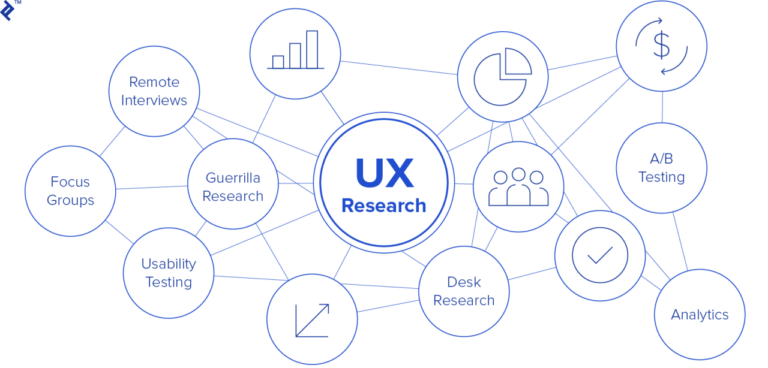A story about how the GIS system was developed
Act I. Mobilization
It was a wonderful sunny day, and there were no signs of a storm. But then there was a knock from below. The director of the department said that I was going to a new project to lead in the wording: “You’re going to a new project! Well, you want a new project, right?” And I began to collect things command. First, the finger of fate fell on the devops, analyst, backender and front. We were quickly introduced to the project and thrown into battle. It immediately became clear that the team needed to be increased based on the scope of the project and the tasks set. The team was replenished with testing, a front, three more backenders and a technical note. The selection of the team was carried out on the basis of the idea of forming a non-conflict group with skills and abilities suitable for each individual direction of the project.

Act II. Nothing is clear, or the study of TK
The passivity of the RP was not so much a surprise, but a signal for action. A cursory glance at the TK showed that nothing was really clear, the TK was described as abstractly as possible, and the subject area in the field of space geodesy caused a migraine. Nevertheless, a set of epics was formed, which began to be decomposed. As a result, a backlog was formed and a nervous tic appeared. As it turned out, it was impossible to solve the issues of lack of expertise in the subject area by analysts in the company’s cage. A request was made for feedback from people from the scientific community in order to form methodologies and advice. In the process of work, the team day by day acquired applied knowledge in the field of space geodesy.

Act III. P – “planning”
It was decided to work according to the scrum methodology. Which, according to the classics, consisted of:
planning – where goals and objectives for the next 2 weeks sprint were discussed;
the development itself with daily dailies, rallies (whatever you want to call it);
internal demo – the purpose of which was to support the feeling of the team working on something big and common;
retrospectives – a time to cry over failures and problems;
demo to the customer – every two weeks, by agreement with the customer, they demonstrated growth, formed releases and added new tasks and wishes from the customer to the backlog.
Sprints started, but none of the managers went to either planning or statuses, and it seemed strange. I forced myself to think that it’s just that the leadership completely trusts us, and therefore does not see the point in climbing and controlling. I deceived myself.

Act IV. Stands? No, you haven’t!
We started with a simple one – with the preparation of a devel stand, cicd appeared, ansible roles appeared, but there was no disk space for the project. The eternal problem: there is no place. There is no place for storing and accumulating data, there is no place for new stands. With a fight scratched out resources. The qa stand appeared, which did not work due to the clogging of the free space, the preprod stand appeared. Already closer to the preliminary tests, they solved the problem by purchasing new hardware and transferring the stands to new capacities. Approximately at the same time, a prod appeared, where releases were deployed every two or three weeks. Hooray! Everything ran. Development was in full swing, analytics, architecture, tasks were being worked out.

Act V. Preliminary tests – very preliminary
And the day came. Suddenly the managers woke up from their winter hibernation. Everyone immediately became interested in the project and its condition. The state at the start of the preliminary was sufficient to show, but not yet sufficient for operation. We began to assemble a team for a trip to the site to the customer. The dream team flew to the facility. The management, as it turned out on the spot, forgot to warn the team that they were negotiating with the customer to shift the deadlines. The customer said that nothing was ready for us, as our management told them about this, we told them that we were ready for preliminary tests. In general, it turned out that we were given the green light.
And two weeks of sleepless nights began. The system was finished on the spot. The customer put up all the new Wishlist, fought back from some, for some they went towards. A security audit was carried out, the screws were tightened on access. Scrum has quietly evolved into Kanban.

Act VI. Acceptance tests
Preliminary passed, then – trial operation, with training of system administrators and technologists. and acceptance tests. At the stage of trial operation, the company managed to lose the entire devops department. There was a question of whose hands to roll the final version of the product into production and fine-tune the system. The choice fell on engineers with the appropriate skills. In general, it turned out that life without devops is possible, although difficult. And here it is – the long-awaited signature.

Act VII. It’s alive!
The security department, the implementation department and the development team, working together as a single mechanism, created a GIS system not thanks to the help of effective management, but in spite of.
The system was finally put into operation. It remains to be hoped that the customer will continue to develop a product that has no analogues in the Russian Federation. One subject matter expert said: “I think the effect of this work for the country — several billion.”

As the managers say GOOD FELLOWS!





